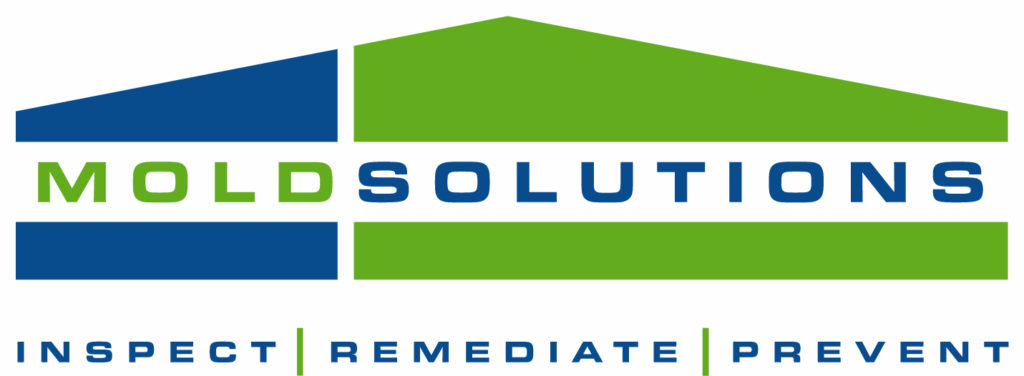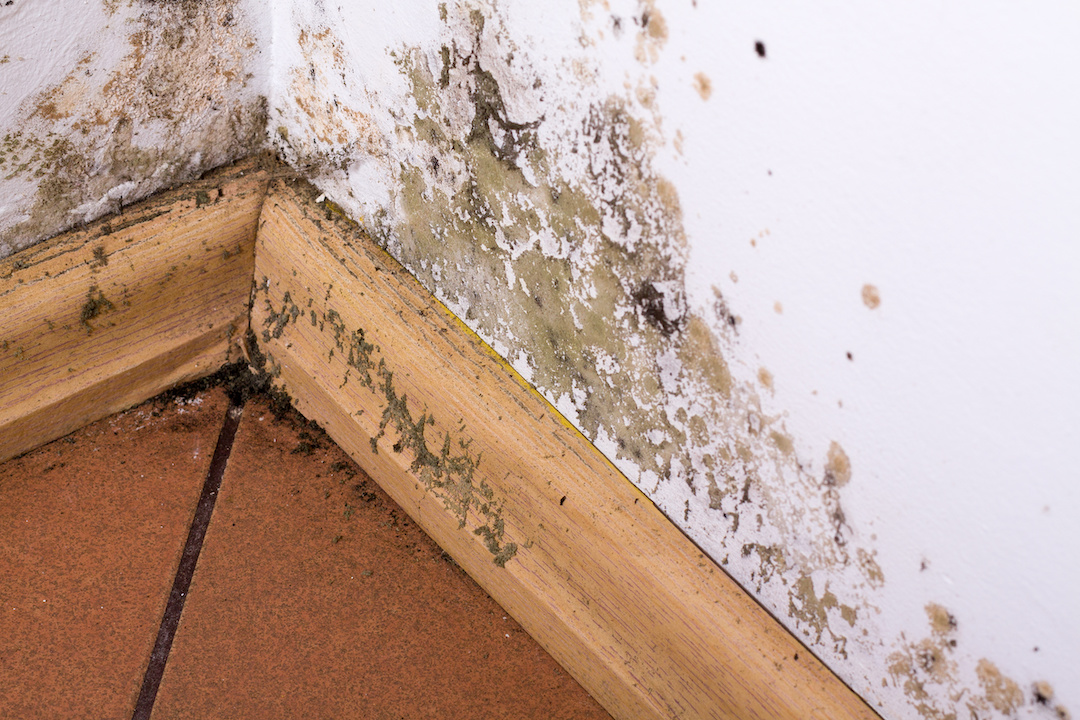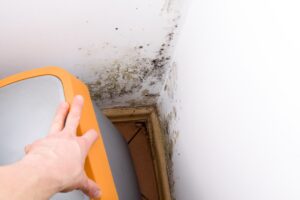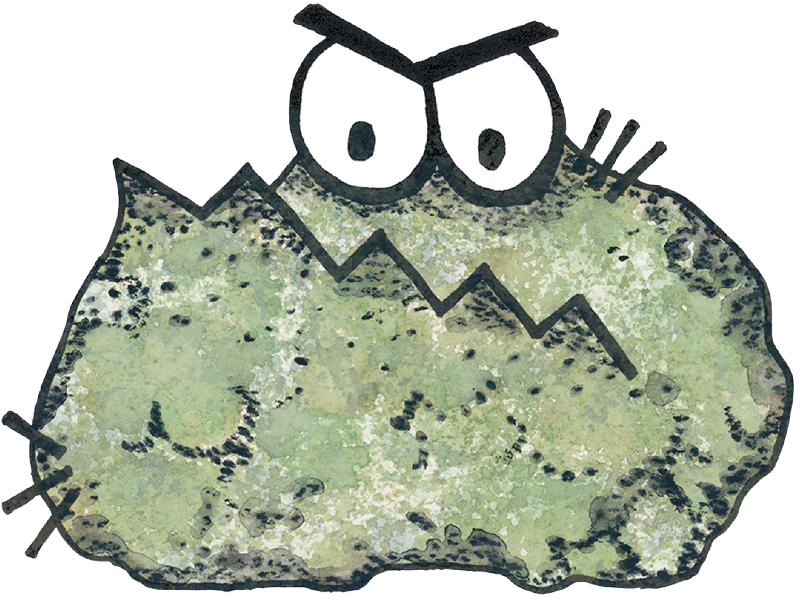Since mold thrives in humid environments, it comes as no surprise that it usually goes hand in hand with all types of water damage. In case your home hasn’t been dried and ventilated properly or the damage wasn’t addressed completely, mold can become a serious hazard for everyone.
Here’s what you need to know about the most common mold types in homes affected by water damage, including how to recognize them.
Recognizing Water Damage Mold
While still new, mold-induced by water damage looks fuzzy and almost transparent. As such, it can be difficult to spot right away. But as it grows and develops, the mold turns green, brown, purple, orange, or black, all depending on the variety.
If your home has suffered water damage, you need to pay special attention to surfaces such as drywall, fiberglass, and plywood. These materials are incredibly porous, making them the perfect breeding ground for all types of mold.
Seeing as mold spreads quite quickly, it’s best to be on the lookout for any changes in your home within the first 48 hours after the water damage. That way, you will be able to spot the affected areas and react in time.
The Most Common Types of Mold to Look For
1. Stachybotrys atra
Better known as the black mold, Stachybotrys atra thrives on cellulose or any other plant-based materials. It is slimy to the touch and pitch black once fully grown. Moreover, it is highly toxic, as it can cause severe allergic reactions and respiratory issues.
Black mold usually hides inside your walls, so it is notoriously difficult to detect. If you suspect your walls might be infested, it is best to contact a professional because removing the mold requires respirators, personal protective equipment, and other specialized mold safety equipment.
2. Cladosporium
This variety of mold first appears as tiny black dots scattered all over the affected area. As the mold grows, the dots start forming larger patches, most of which are greenish in color.
Cladosporium most often appears in bathrooms, sinks, and bathtubs. It can also be found on damp furniture and carpets, especially those that suffered water damage and weren’t dried well.
3. Aspergillus
While Aspergillus is also black, it has white and yellow spots that make it easily distinguishable. This variety is not as toxic as most others, and a lot of people can breathe in spores without having any symptoms.
However, Aspergillus is highly dangerous for people with respiratory and lung issues, as well as those who are prone to allergies.
4. Alternaria
While it usually thrives outdoors, this type of mold can easily enter a home through an open door or window. As soon as it’s inside, it hides in curtains or furniture. Alternatively, it can infest your attic, basement, or crawl space.
Once it grows fully, it is impossible to miss Alternaria. It resembles thick hair strands and is either brown, olive, or grayish.
Do You Need Help With Mold?
If your home has suffered water damage, it is essential to thoroughly check it for mold. At Your Mold Solutions, we specialize in all types of mold that can appear in homes, and we have the equipment and experience necessary to remove it safely.
Give us a call, and we will make sure your home becomes a safe haven once again!
CONTACT US
Let's talk about the path to your Mold Solution.
Choose the way you’d like to connect and help is on the way.
Not ready to talk to someone? Take our free online self-assessment and get clarity.








